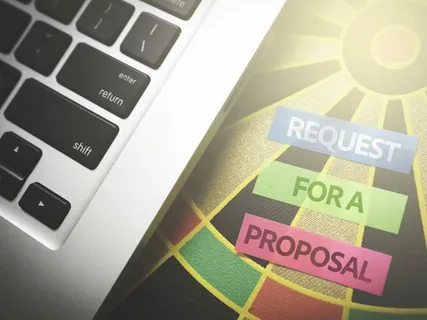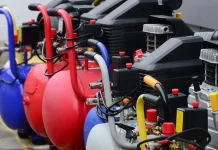One of the most critical—and time-consuming—tasks in any proposal effort is aligning your content with the exact requirements of the solicitation. Whether it’s a federal RFP, a corporate bid, or a grant application, missing or misinterpreting a requirement can cost you the contract. That’s where AI for proposal development is beginning to make a measurable impact. By automating the mapping of proposal content to solicitation criteria, AI tools are helping teams ensure compliance, improve evaluation readiness, and save valuable time during the proposal lifecycle.
At the heart of this function is requirement extraction. Many RFPs include complex instructions, evaluation criteria, and statements of work that are scattered across dozens—or even hundreds—of pages. AI tools can scan the entire solicitation and extract relevant requirements, tagging them according to their location and importance. This automated parsing reduces the risk of human oversight and ensures that no critical requirement is missed during the early planning phases.
Once requirements are extracted, AI can assist in building a compliance matrix. Traditionally, this task is done manually—creating a spreadsheet to cross-reference each RFP requirement with the location of the response in the proposal. AI tools now automate this process, linking each requirement to the relevant section of the proposal document. As the proposal evolves, these tools can dynamically update the matrix to reflect changes, helping teams maintain traceability and alignment throughout the development process.
Beyond compliance, AI mapping tools also provide value during content creation. Some advanced systems can analyze past proposals, internal content libraries, and boilerplate material to recommend or auto-suggest content that matches specific RFP requirements. This doesn’t just save time—it also improves consistency and increases the likelihood that the content directly addresses what the evaluators are looking for. By streamlining this “content fit” process, AI allows proposal writers to focus more on customization and strategy, and less on manual searching and copying.
AI tools also support review cycles. During pink and red team reviews, evaluators often struggle to determine whether a draft has addressed every requirement thoroughly. With AI mapping in place, reviewers can instantly see which RFP elements are covered, partially addressed, or missing. This increases the effectiveness of each review round and enables quicker feedback, helping teams stay on schedule—especially under tight deadlines.
Despite these advantages, human oversight remains essential. AI tools can flag gaps and recommend matches, but interpreting nuanced language, understanding agency priorities, and crafting persuasive messaging still require human judgment. The most effective teams use AI not as a replacement, but as a real-time assistant that enhances precision and reduces repetitive manual work.
In a competitive and deadline-driven environment, AI-powered mapping is quickly becoming a game changer. By using AI to bridge the gap between complex RFP requirements and clear, compliant proposal content, organizations can improve both their efficiency and their win rates.










